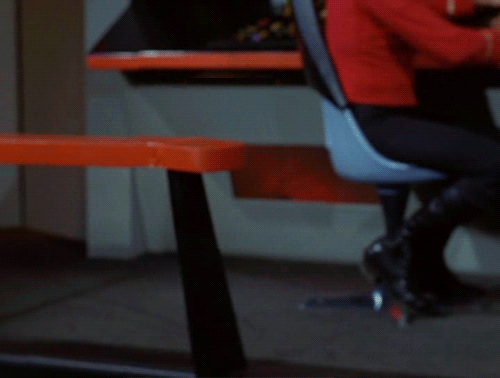I have a 34T with twin 240 yanmar engines.
When I fish for groupers I drift over my area and then turn on only one engine to get back to original spot and drift again.
When I do long distance cruising I go ~1600 rpm at ~ 8 mph ( my trawler speed) with both engines only.
A little crazy thinking here, but has anyone considered or tried, for fuel economy reasons, running on only engine at trawler speed?
When I fish for groupers I drift over my area and then turn on only one engine to get back to original spot and drift again.
When I do long distance cruising I go ~1600 rpm at ~ 8 mph ( my trawler speed) with both engines only.
A little crazy thinking here, but has anyone considered or tried, for fuel economy reasons, running on only engine at trawler speed?


